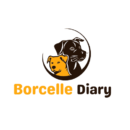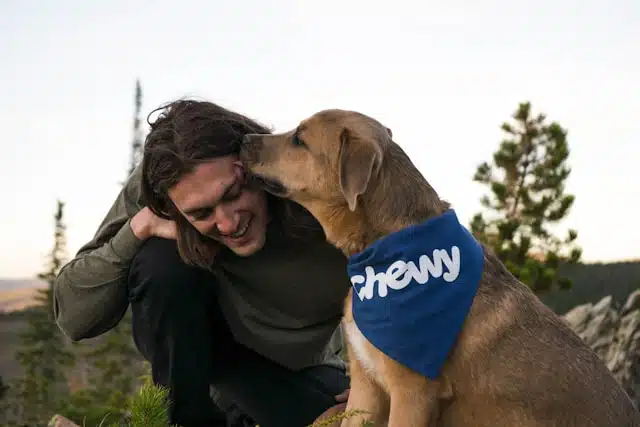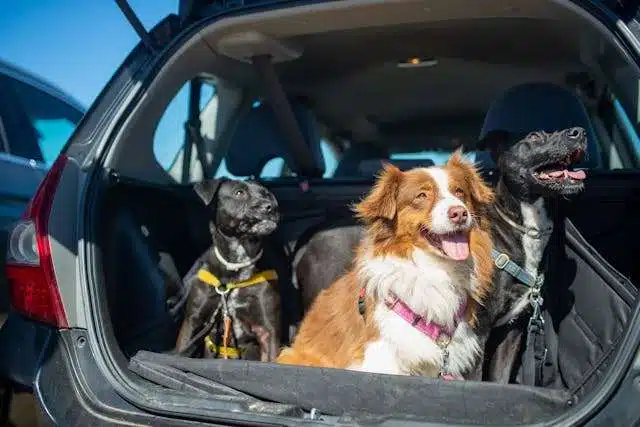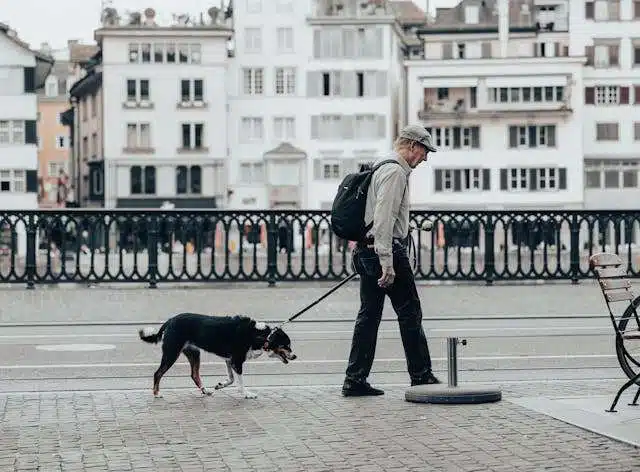As a dog owner, it is often difficult to anticipate a dog’s needs and likes, as well as what will make them feel comfortable. It can be even more challenging if you’re a first-time dog owner because there are so many dos and don’ts when it comes to dog care. For example, never feed your dog chocolate; grapes are a big no-no, and even onions can be harmful to your dog. While most people are familiar with the common dog toxic foods, there are a lot of less common hazards to dogs that you may not think about. So In this article, we’re going to talk about some safety tips when it comes to dog ownership.
Table of Contents
ToggleDog Collar Safety
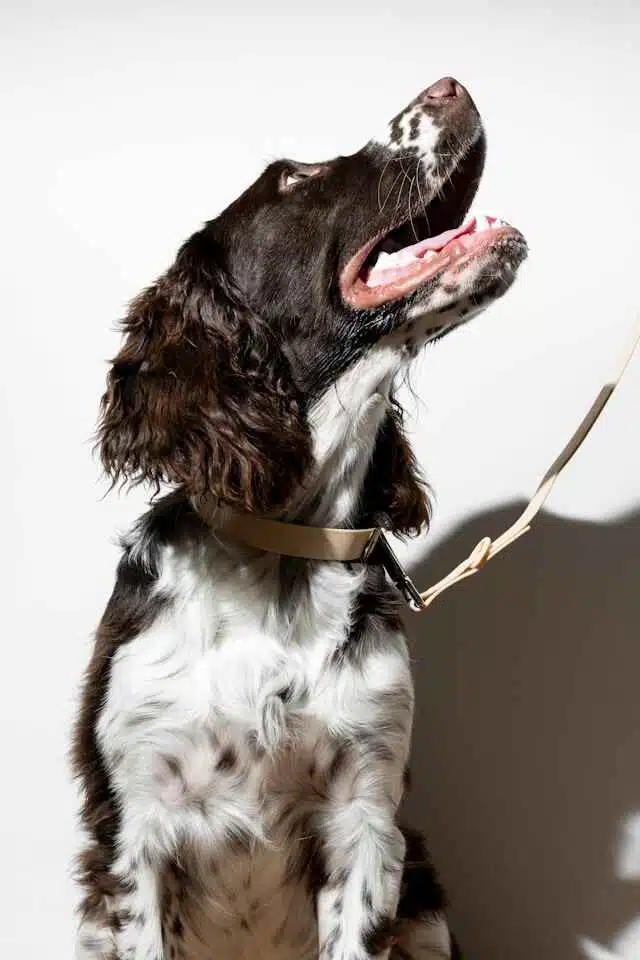
Purchasing a dog collar with your dog’s name on the tag is one of the first things that you may do to make it official that you’re a dog owner. Picking out a collar that’s specific to your dog’s personality and putting their name on it kind of makes it official that you’re now a dog owner. Leaving your dog’s collar on them at all times might seem harmless, but it can actually lead to some trouble. My recommendation would be to remove your dog’s collar and keep them naked when they’re at home. The reason for this is that collars can get caught on all sorts of things in your home: furniture, door handles, their crates, and other objects. If you’re crate training your puppy or even your adult dog, I’ve seen cases where the tag on their collar can get stuck in things, and this can be really traumatizing and set back your training. Not only is it important to remove your dog’s collar when they’re at home, but especially if they’re playing with other dogs. Their collars can become intertwined, and they can get stuck in each other, which can be very dangerous. Make sure to leave your dog’s collar on if you’re taking them out for a walk or anywhere out in public, but it’s best to take it off if they’re at home or if they’re having a home play date with a friend.
Beware of The Danger of Food Bags
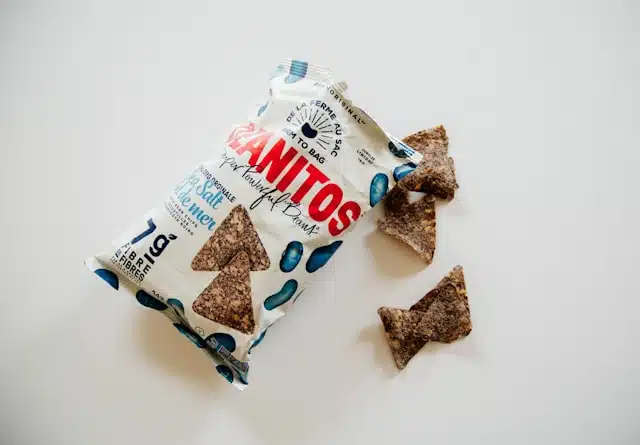
Another hidden danger to your dog is empty food bags. An empty snack bag or chip bag may still have a few crumbs left that your dog can sniff out, and if they stick their head in the bag, this can lead to suffocation. An empty snack wrapper may also be tempting for your dog to eat, which can lead to blockages that may even require surgery to remove them. Immediately dispose of any empty food bags and make sure that they’re kept out of your dog’s reach.
Always Pay Attention To The Temperature of The Pavement
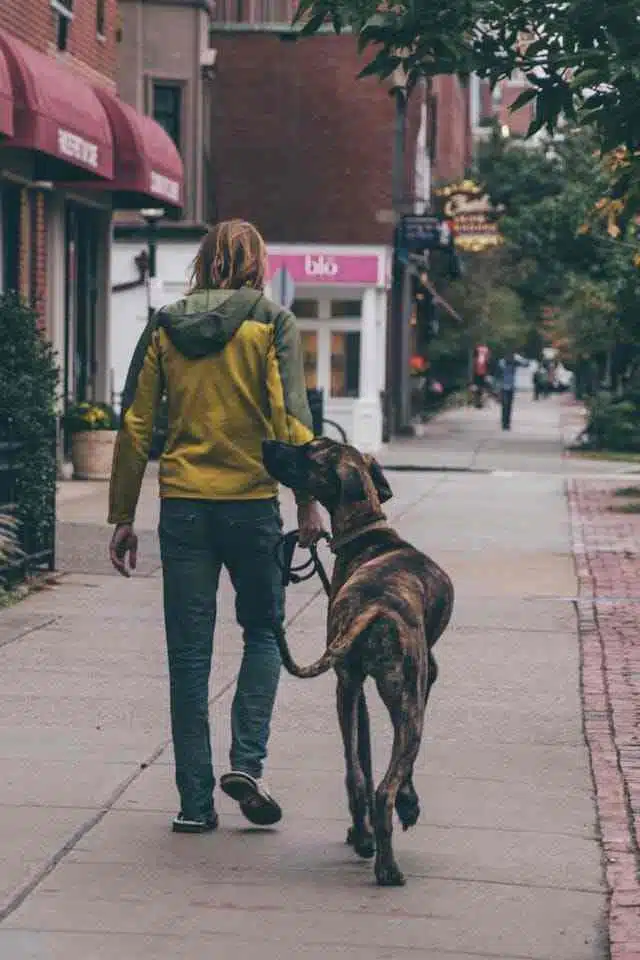
If you’re used to taking your dog out for a walk at the same time every day, it might be easy to forget to check the temperature of the pavement, especially because we, as humans, wear shoes, so we never really think about the temperature of the ground. But dark pavement can get very hot very quickly and even cause burns to your dog’s paw pads. So the best way to check if the pavement is safe for your dog is to place your hand on it and actually hold it there for a few seconds. If it’s too hot for you, it’s definitely too hot for your dog to walk on. If it’s hot out, early morning or later in the evening are the best times to walk your dog on the pavement or choose to walk on grassy areas when possible. For dog owners who live in hot places year-round, you can condition your dog to wear heat-protective booties on their feet.
Remember That Hose Water Gets Hot In The Summer
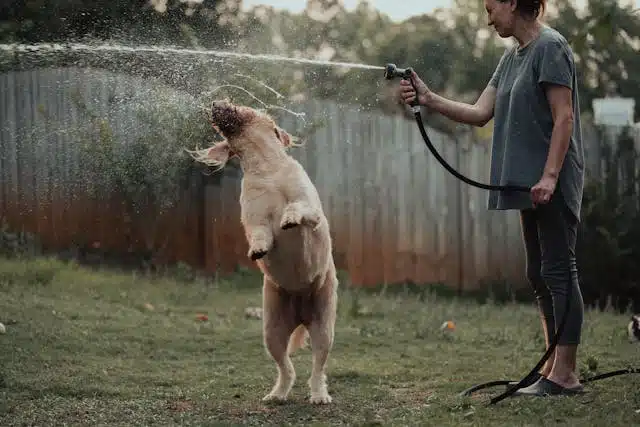
Not only can the pavement be dangerous during the hotter months, but hose water can also be a potential hazard. You might not think about it if you come back from a walk and you want to spray your dog down to cool them off, but it’s always best to test the temperature of the water first, especially if your hose has been sitting out in the sun. If it’s too hot at first, just let the water run for a few minutes until it’s cool enough to be safe for your dog.
Avoid Hard And Slippery Surfaces
While not immediately apparent, slippery surfaces in your home can also pose a hazard to your dog, and this is especially important for certain breeds or older dogs. It’s not uncommon to see carpetless homes that have mostly tile or vinyl flooring, but this can make it really hard for your dog to balance or grip the surface. Most dogs have hair between their paw pads, so this can make it even more slippery for them on those surfaces. Slipping at any time can cause injury to your dog, like a torn ligament or muscle strain or tear. Especially for puppies, if they’re constantly running around on a slippery surface and trying to catch their footing, this can also cause problems with their joint development. Consider covering your floor with rugs or non-slip mats in the areas where your dog spends the most time.
Make Sure To Inspect Your Dog’s Food Before Feeding It
Another commonly overlooked safety hazard is inspecting your dog’s food before you feed it to them. I always recommend, when you’re opening a new bag of your dog’s kibble, to sift through it and make sure there are no unusual smells or colors on the food.
Fetch Can Be Very Hard On Your Dog’s Body
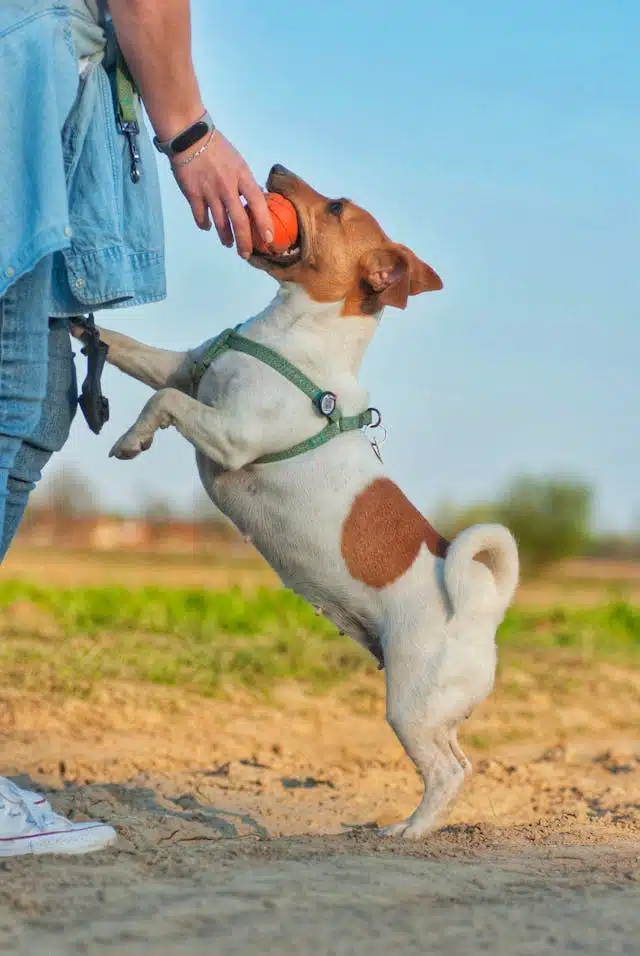
The last one is a common activity that dog owners love to do with their pets, and that’s playing fetch. Playing fetch is a great way to keep your dog active and to bond with them, but excessive games of fetch can be dangerous for your dog. The sudden burst of acceleration followed by diving for a moving ball can put stress on their joints, muscles, and ligaments, and over time, this repetitive motion can lead to injuries like sprains, strains, or even more severe issues like a torn ligament. An alternative to letting your dog go after a flying ball is to teach them to go after a dead ball. To do this, tell your dog to wait while you throw the ball, and once the ball has stopped rolling, you can then tell your dog that it’s okay to go get it. Going after a dead ball like this is much easier on your dog’s joints. No matter what kind of play you’re engaging in with your dog, make sure you take frequent breaks to allow them to cool down, get some water, and rehydrate.
Being a responsible dog owner is about staying vigilant about certain dog hazards, even those that might not immediately come to mind. So, The more proactive you can be about preventing potential hazards, the fewer vet trips you’ll probably end up having.
